Hiking Lantau Island & Tian Tan Buddha
Published by CamDarling on
Hong Kong is one of the world’s most dense cities with residents living in small apartments in a jungle of high rises. But the untold story of Hong Kong is that 40% of the land area is designated for country parks and nature reserves. Using the amazing transit network we outlined in our First Article on Hong Kong, you can reach one of 24 country park area and enjoy an awesome day on the trails walking through woodlands, reservoirs, coastlines and some of the highest peaks in Hong Kong. My first hike was on Lantau Island behind the Tian Tan Buddha at the Po Lin Monastery.
I didn’t wake up thinking of hiking, but I left early in the morning on my way to one of Hong Kong’s most famous tourist attractions, the Big Buddha statue. While exploring around the monastery grounds I stumbled upon the trail-head to Lantau Peak. I said ‘Sure, I’ve got the time’ and started my ascent. Within 30 minutes I was sweating like crazy and looking up at the endless stairs regretting my decision. It’s so humid, I just got drenched in sweat. After a tough climb, I broke through the thick canopy and found myself looking out into… rolling misty clouds. Luckily, by the end the sunshine broke through and revealed a wonderful view of Hong Kong islands.
Tian Tan Buddha & the Po Lin Monastery
One of Hong Kong’s top 5 tourist attractions is a 34 meters tall bronze statue of Buddha sitting on a lotus flower. It is known as the ‘Tian Tan Buddha‘ or ‘Big Buddha‘ in English. But the literal translation is ‘Heaven Buddha’. I read that the Buddha was named for its resemblance to the Temple of Heaven in Beijing, which we visited on the same trip. But other than being built on similar alter structures, I can’t see any other similarities.
The Tian Tan Buddha is one of China’s top five largest Buddhas! Weighing 250 metric tons from 202 bronze pieces, the statue faces North and has three relic halls beneath it, representing the Universe, Benevolent Merit and Remembrance.
- Hours: 10:00 am to 5:30 pm everyday
- Fee: Free to walk the Temple grounds, 78 HK charge to enter the three relic halls and for a meal ticket at the Monastery vegetarian restaurant (see below).
Po Lin Monastery
The grounds surrounding the Big Buddha are part of the Po Lin Monastery (Official), established in 1906. Three monks originally established the Monastery high in the mountains where they found a flatter place of serenity, perfect for religious practice. The monks cleared away the many overgrown thorn bushes and built a small stone house. The monks attracted more followers of this Ch’an Zen sect of Buddhism, planted crops and built a large thatch hut for which the monastery was originally named.
The Monastery built the Tian Tan Buddha and invited monks and worshipers from around the world to attend the opening ceremony in December 1993, marking its emergence of a world renown center of chinese culture and Buddhist teachings. Over a hundreds years later, the Monastery continue it’s search for enlightenment and also contributed to building over 280 schools in mainland China. The Monastery expanded in 2013 with the construction of the Grand Hall of Ten Thousand Buddhas..
- Hours: 8:00 am to 6:00 pm everyday
- Service: Restaurant open from 11:30 am to 4:30 pm serving vegetarian meals.
The 7-Day Meditation Service targets the self-attachment of the seventh consciousness. During the 7 days of the service, the sole focus is upon the question of “Who is the one who is reciting the name of the Buddha?” Participants are inspired to ask themselves, before they recite the name of Buddha Amitabha, “what I am” …
Yes, it’s just a big Buddha statue surrounded by buildings filled with smaller Buddha Statues. But the story is quite remarkable. If you don’t find it impressive and interesting I recommend checking out the trail-head behind the Monastery to the summit of Lantau Island.
Lantau Island Peak Trail
40% of Hong Kong land is designed as country parks and nature reserves. This is amazing! Who would have thought one of the largest metropolitan cities in the world has so much to offer hikers and nature lovers. The country parks cover a total area of 443 square kilometres of scenic hills, woodlands, reservoirs and coastline under the jurisdiction of the Agriculture, Fisheries and Conservation Department (AFCD). The four most popular long-distance hiking trails are listed on the AFCD Website.
- The MacLehose Trail (100 km) traverses the New Territories from Sai Kung in the east to Tuen Mun in the west
- The Lantau Trail (70 km) is a circular trail on Lantau Island
- The Hong Kong Trail (50 km) traverses all the five country parks on Hong Kong Island
- The Wilson Trail (78 km) stretches from Stanley in the south of Hong Kong Island to Nam Chung in the north of the New Territories
For westerners, this is one of the biggest differences between mainland China and Hong Kong. China isn’t exactly synonymous with nature conservation, however I must say Hong Kong is totally different! The Country Parks are popular with all residents and offer a valuable space for exercise, destinations for day trips and education on the importance of nature conservation like the “Nature In Touch” program for kids. Check out more info at the Nature Conservancy Hong Kong Website.
On my trip, I explored the peak section of the Lantau Trail loop from Ngong Ping, behind the Big Buddha statue, to the main Tung Chung Rd. Unlike the trails in the Cameron Highlands in Mayasia that took forever to find, large signs mark the way to the trail-head. On the way you will pass the ‘Wisdom Path‘ that showcases a series of wooden tiles inscribed with the ‘Heart Sutra‘. A small plaque is located nearby. If you love philosophy, I recommend you read it.
In the early morning July summer heat, It wasn’t long before I was completely soaked due to the humidity, morning mist and the steep switchbacks. It was roughly a 500 Meter climb to the summit and took under 2 hours from start to finish. From my experience, the trails had quite a lot of garbage but were still much better than other areas I’ve visited in South East Asia and mainland China. If you think of bringing a plastic bag with you, picking up a few pieces on the way will help clean things up a bit. I left with two bags full of plastic bottles. It’s good for the locals and other Asian tourists to see Western tourists being environmentally conscious. It sets a good example for everyone. I realize this comes across as quite elitest but the filth and waste is a serious problem.
In Canada and Japan, the locals are often responsible for maintaining the hiking trails, even if a government department is supposed to do it. Sometimes it isn’t enough or there are simply not enough workers to sweep all the trails regularly. Good trail etiquette is extremely important too. Anyone who has traveled Asia knows of the garbage issue, so we should all do what we can to keep the trails in good condition.
Traveling with a light day pack and a change of clothes is probably a good idea. By the end, I was trying to dry my shirt in the sun by the side of the road. Plus if you intend to explore some other sections of the island afterwards, walking around with wet clothes will be really uncomfortable. I had awesome time on the trails and look forward to more Hikes in Hong Kong in the future. The views were a little obstructed by the clouds but ascending to the summit through the rolling mist was a cool experience!
Other Hiking Trails in Hong Kong
- Lantau Island Trails – See Map Below
- Victoria Peak Trail – Hong Kong Island
- Sai Kung East Country Park – New Territories
- Tai Mo Shan (Highest Point in Hong Kong) – New Territories
- Lung Ha Wan Country Trail – New Territories
- Dragon’s Back – Hong Kong Island
Directions to Lantau Island
Getting to Tian Tan Buddha
There are numerous ways to reach the Big Buddha. Hong Kong has amazing transit services and lots of Taxi’s. The following is my recommended route as it’s fast and cheap.
- Take the Tsuen Wan Line to Lai King Station
- Transfer to the Tung Chung Line
- Get off at the Tung Chung Station
- Find the Cable Car Station to Ngong Ping
- Or Take the #23 Bus from the Bus Station
- 2 Hours Transit Time – cost depends if you take the Cable Car
Navigating the Trail to Lantau Peak
Marked on the Map above is bus stop on Tung Chung Rd. Cross the road and wait for any bus as they all are headed towards the Tung Chung Bus Station. Don’t worry about ending up at a different trailhead if you get lost as a bus stop with access to all the main station won’t be far away. Just ask the bus driver if he is headed to ‘Tung Chung’ or any other village of your choice. Welcome to Hong Kong! The trails are really accessible to everyone.
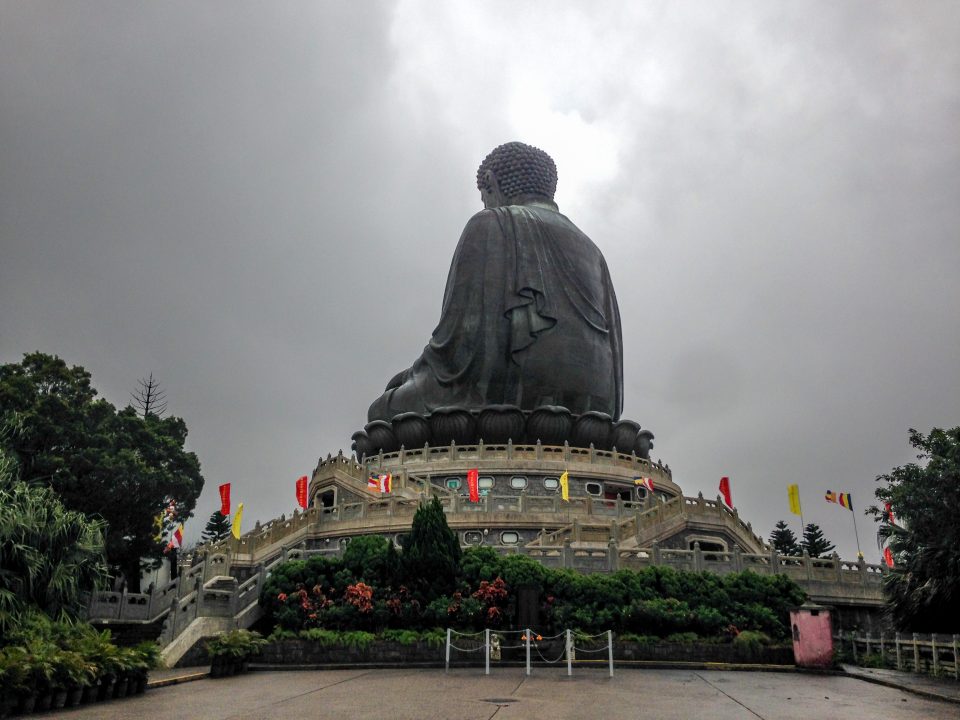
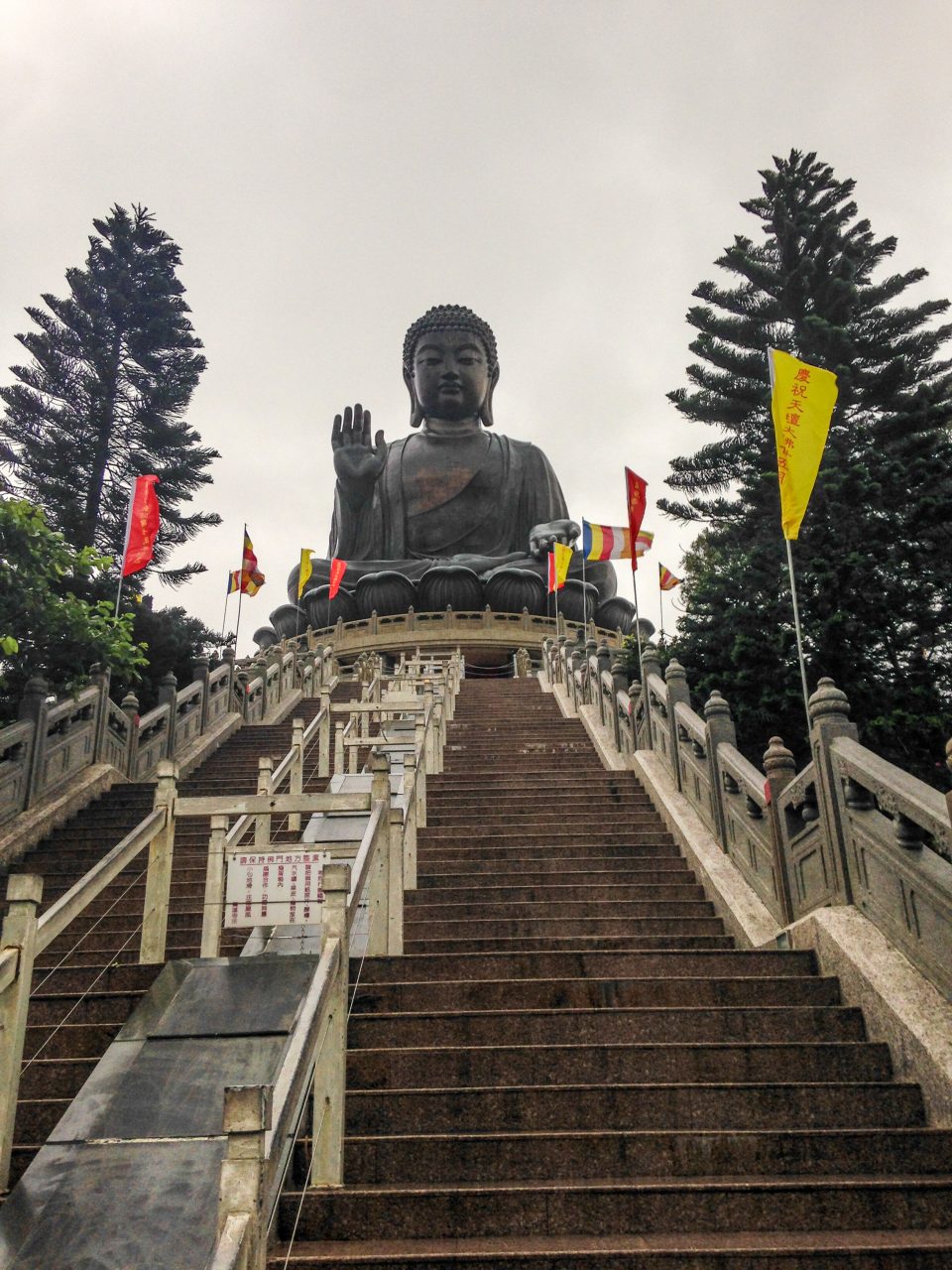
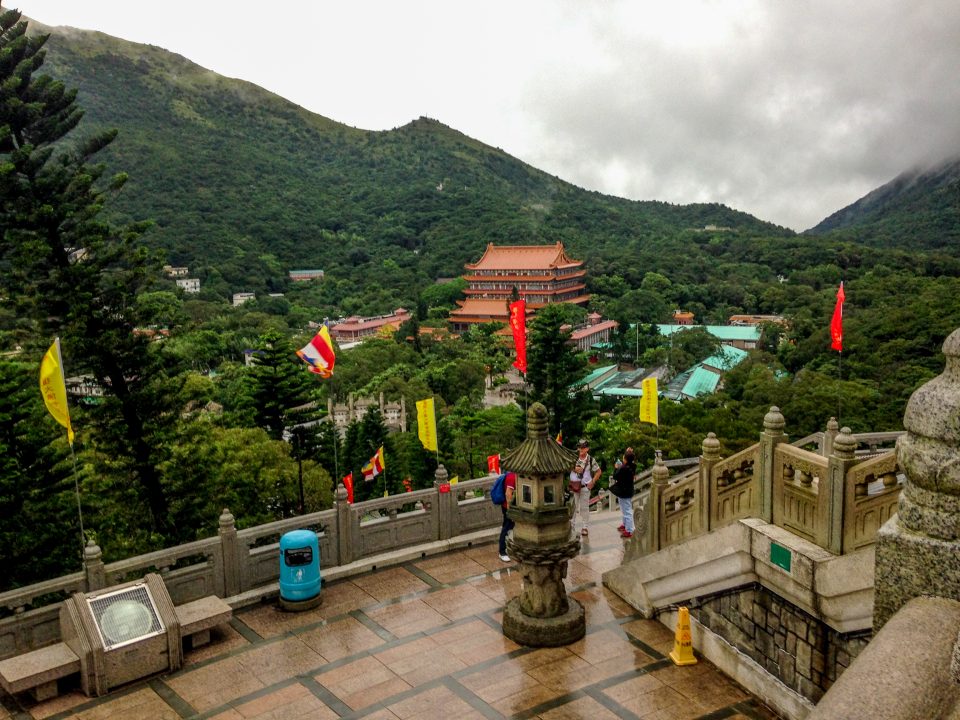
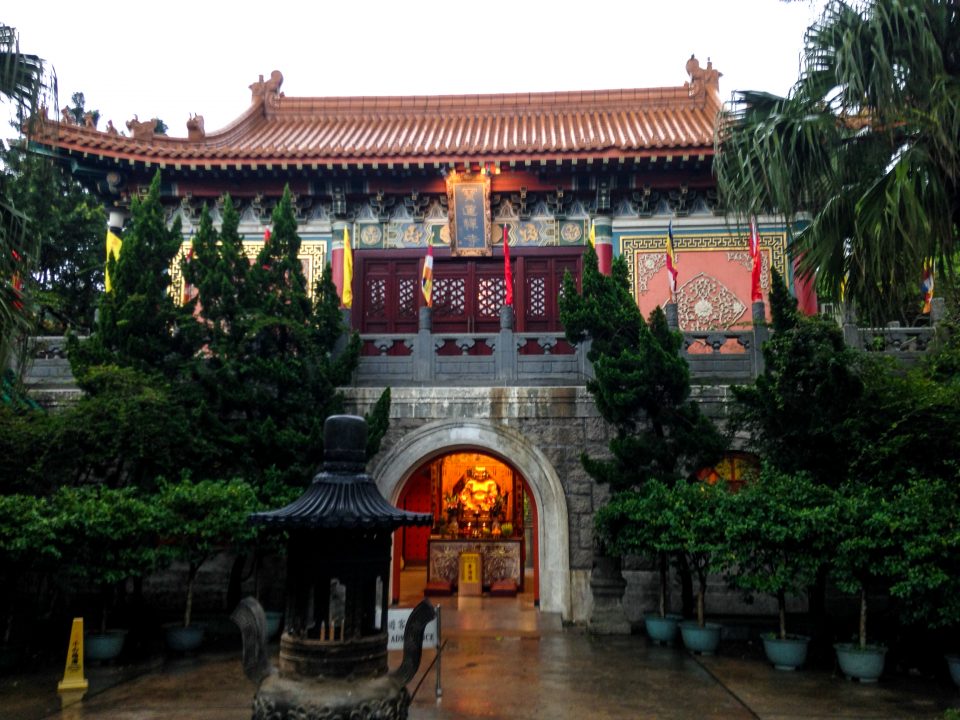
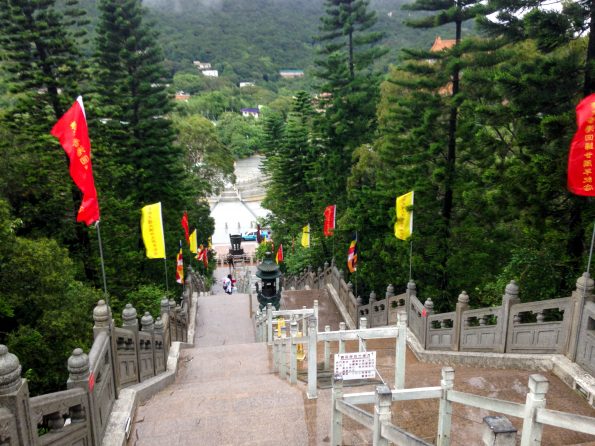
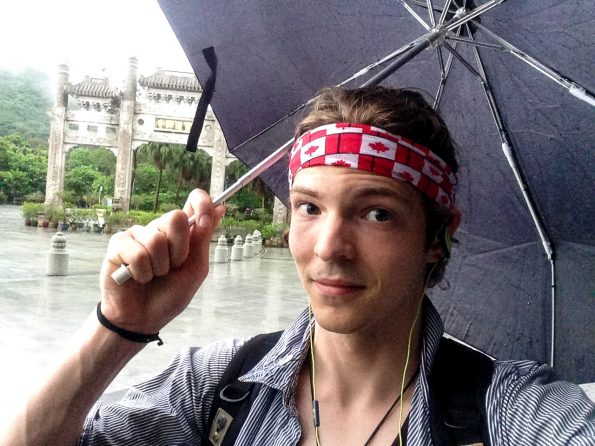
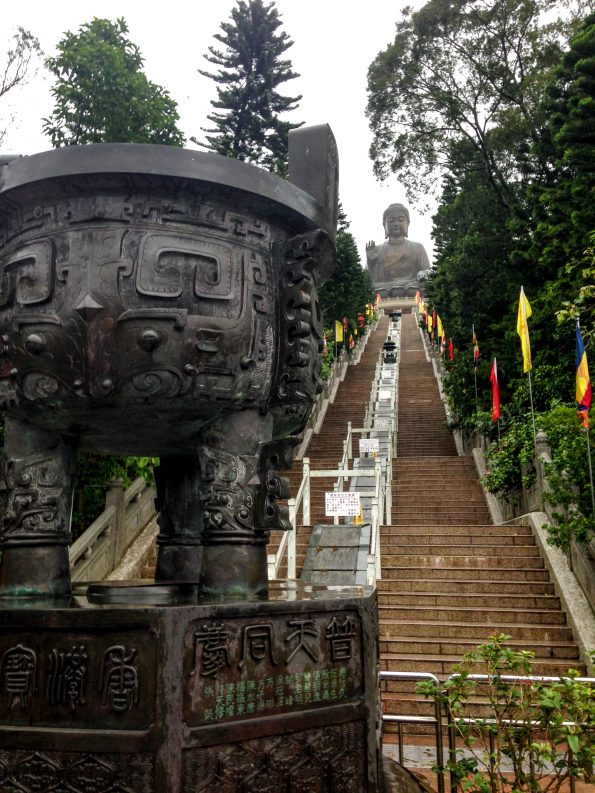
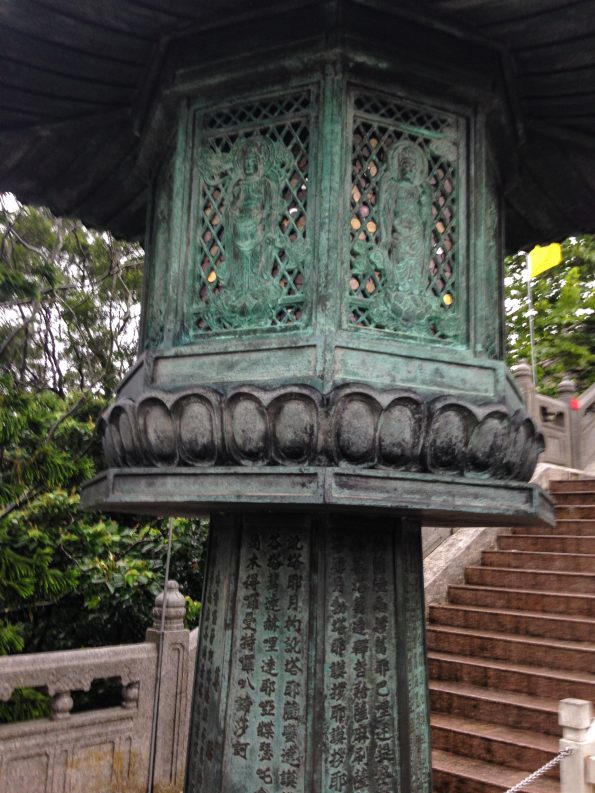
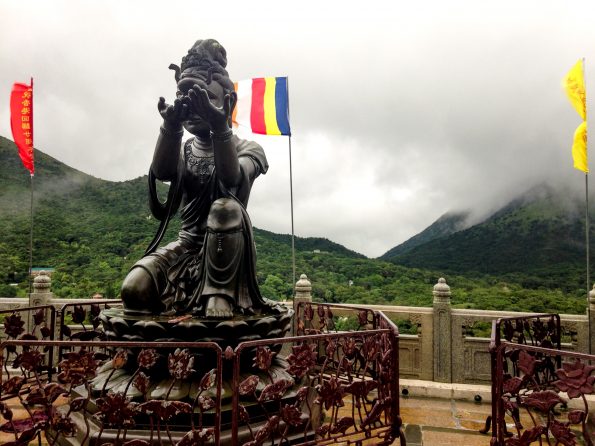

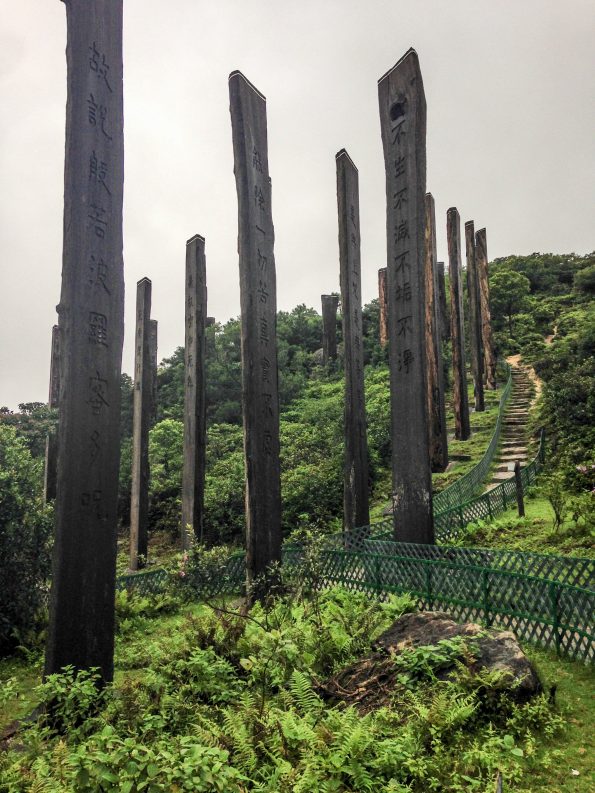
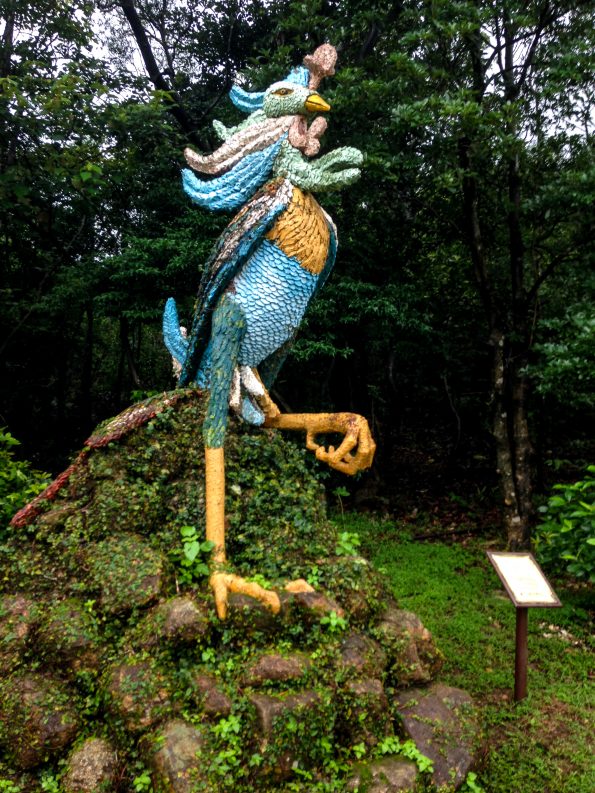
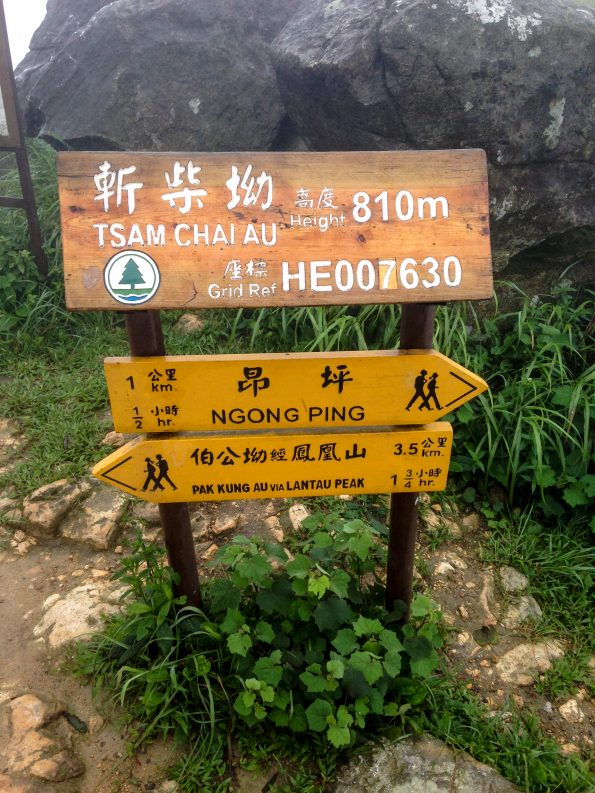
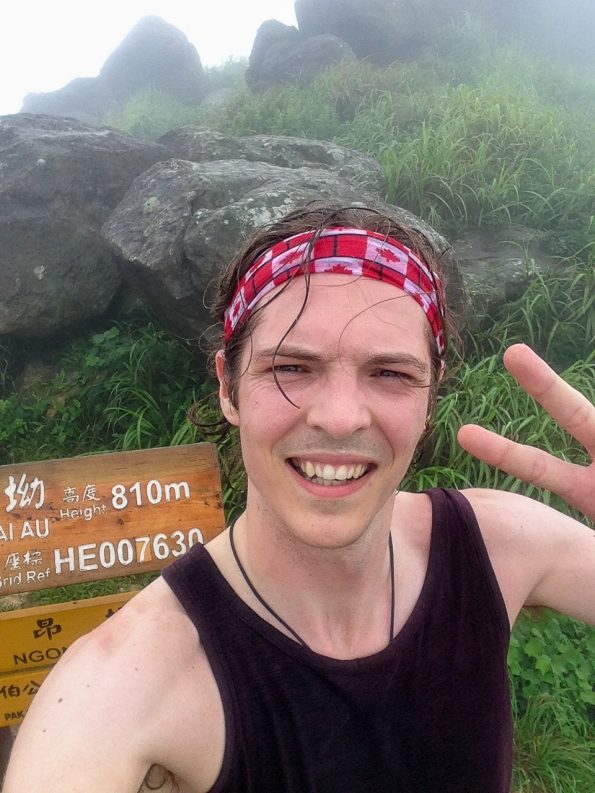
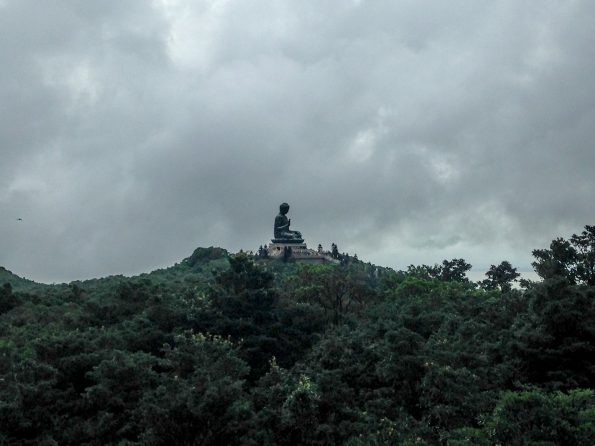
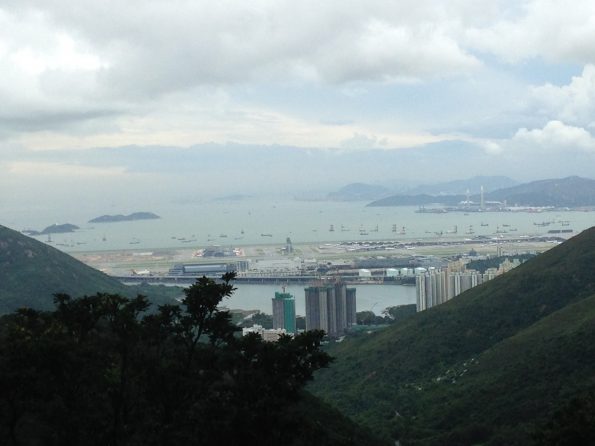
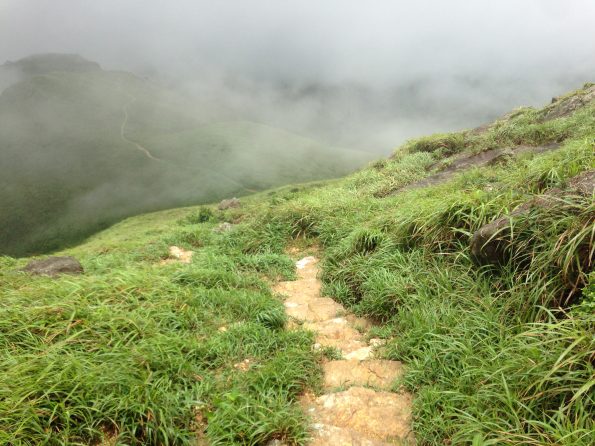
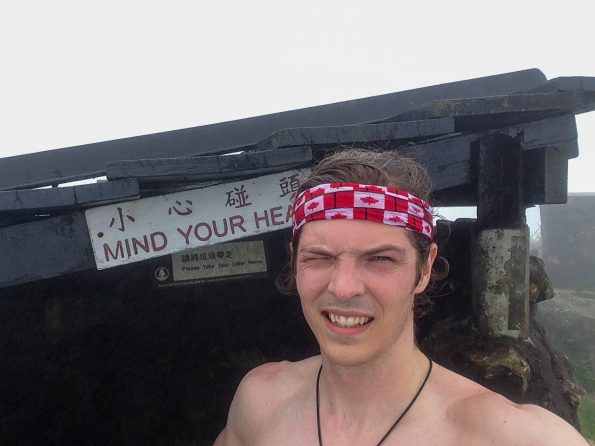



0 Comments